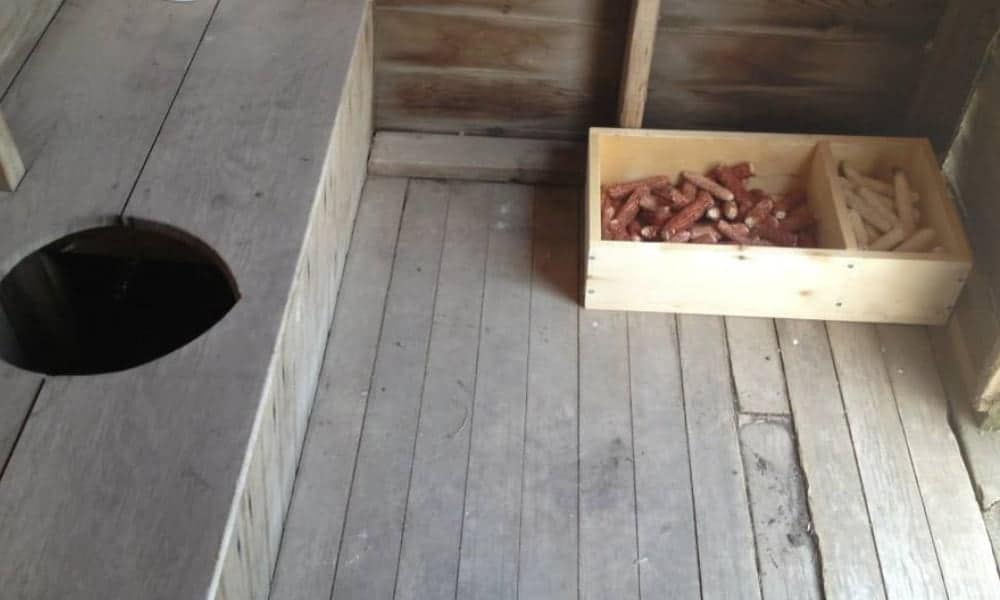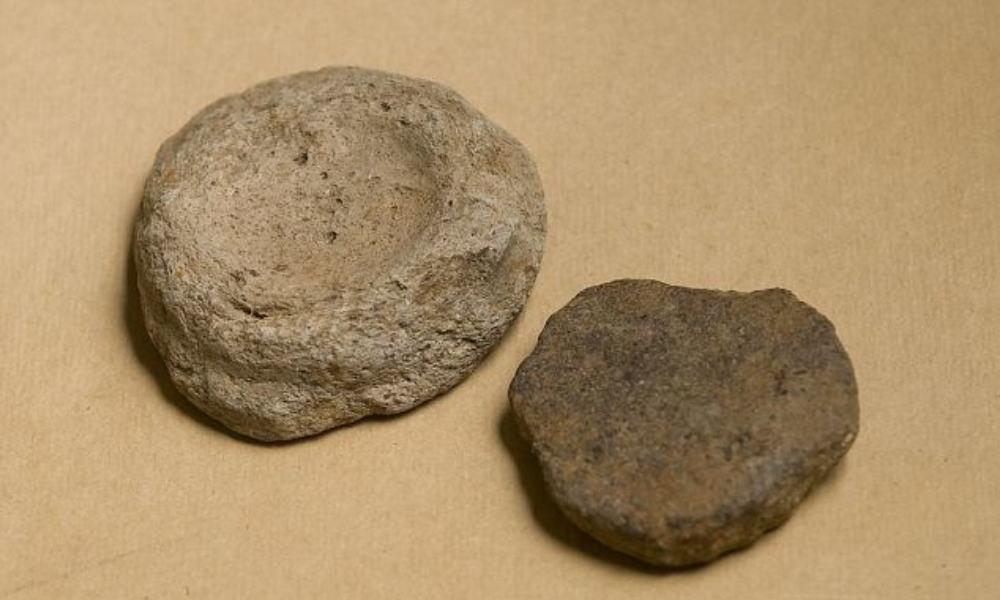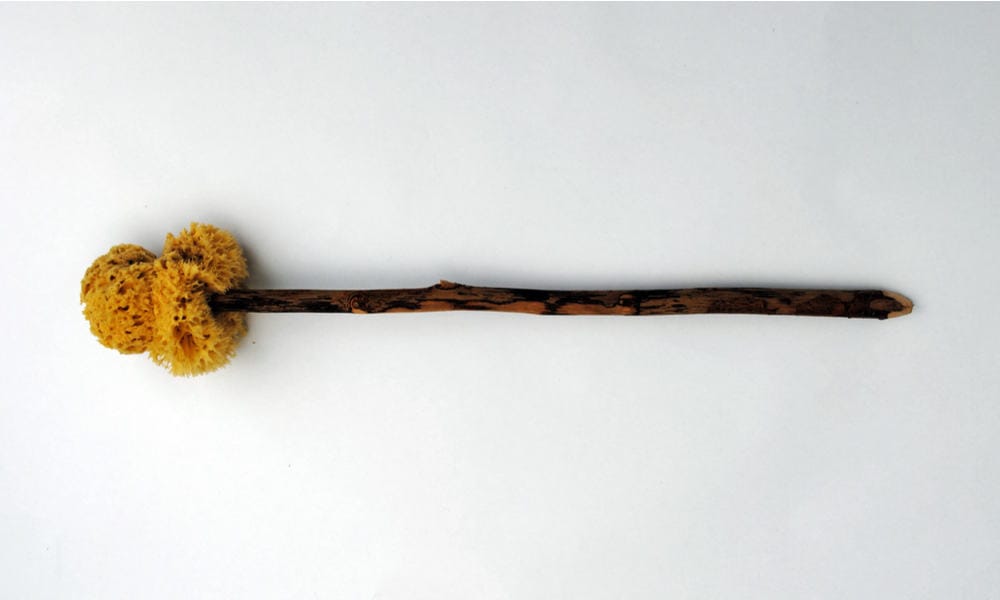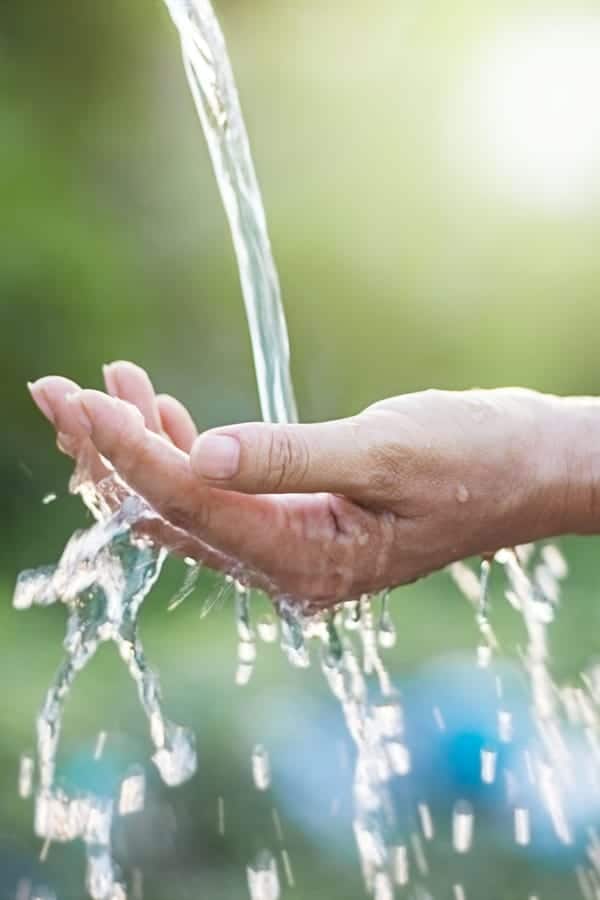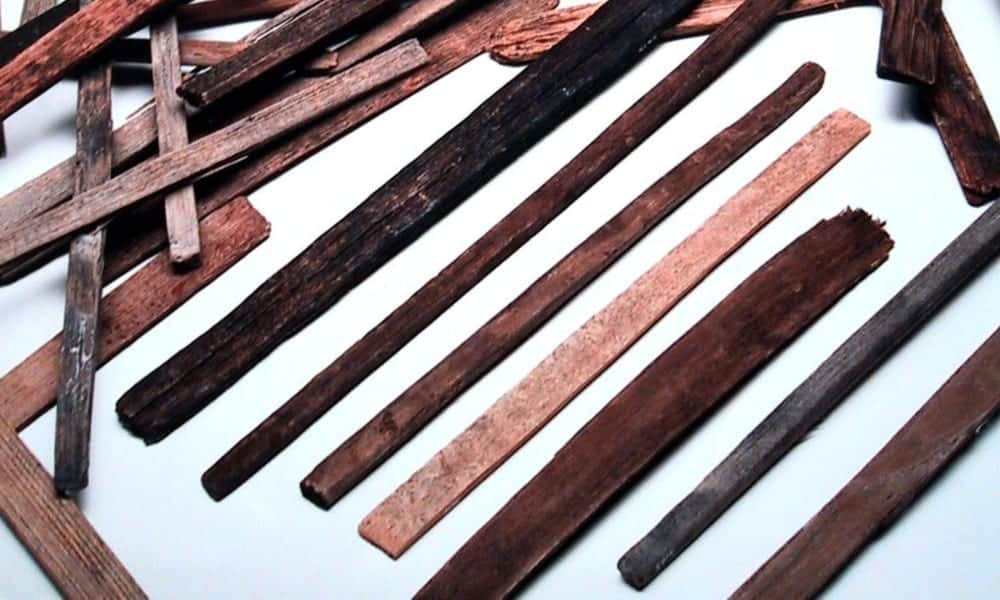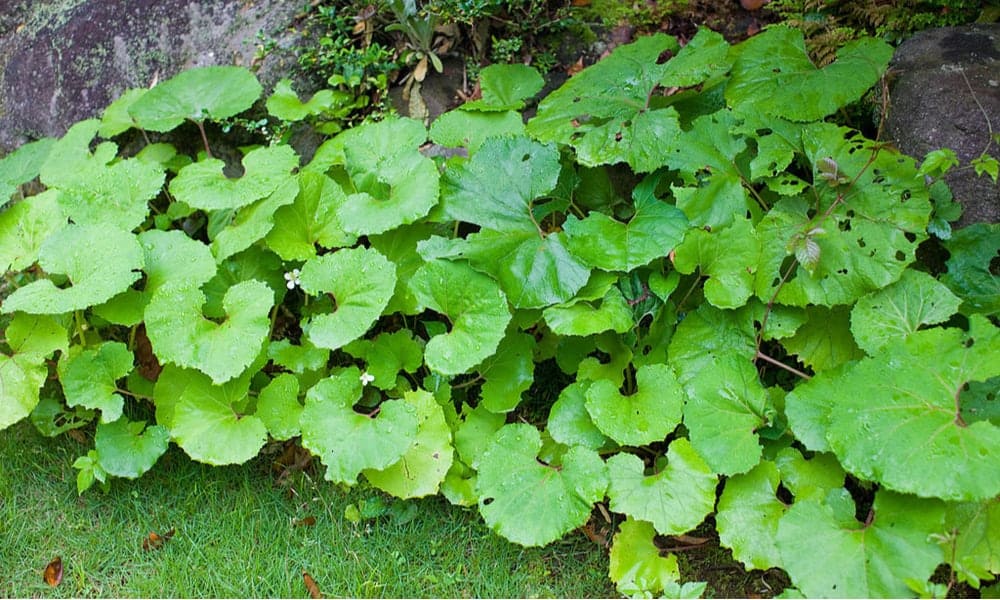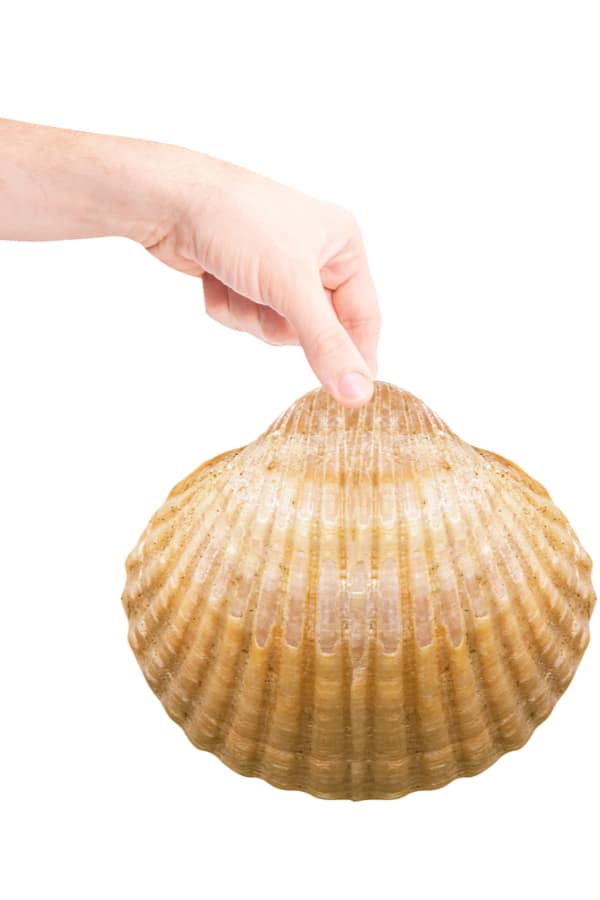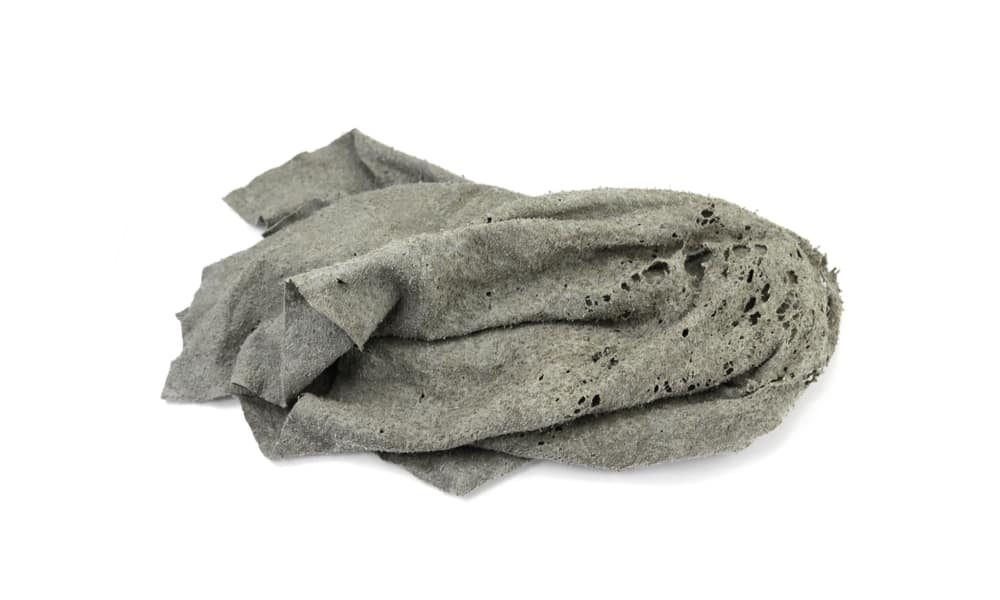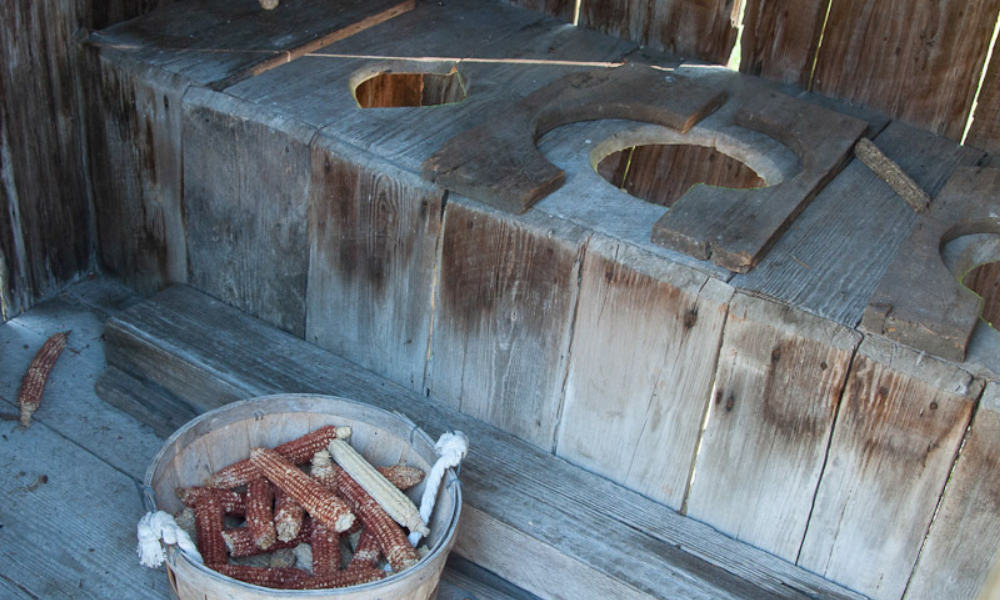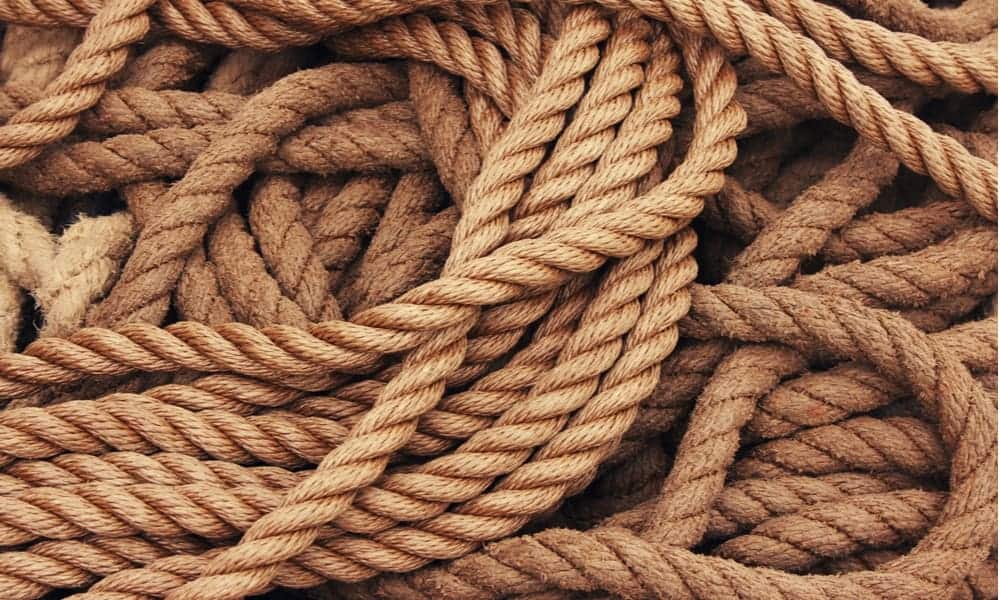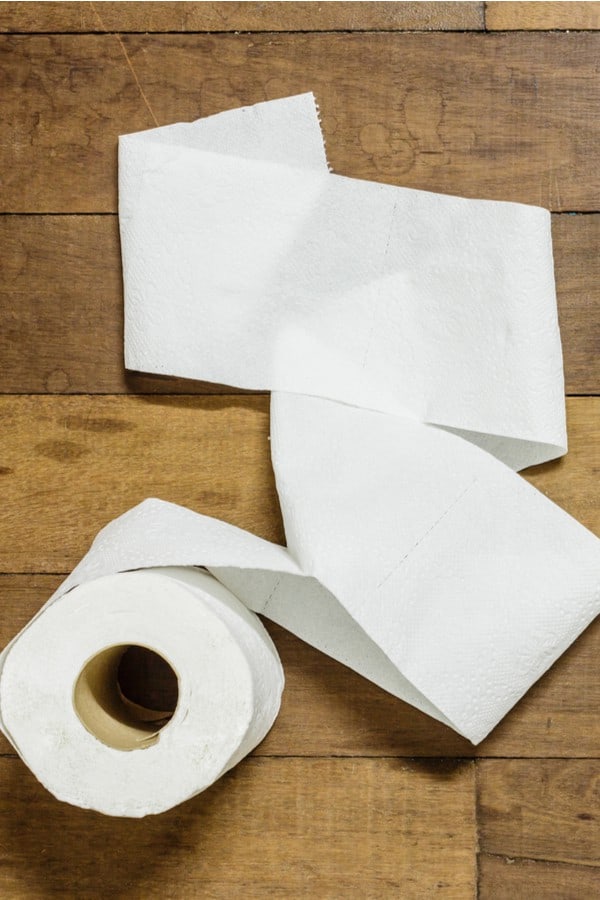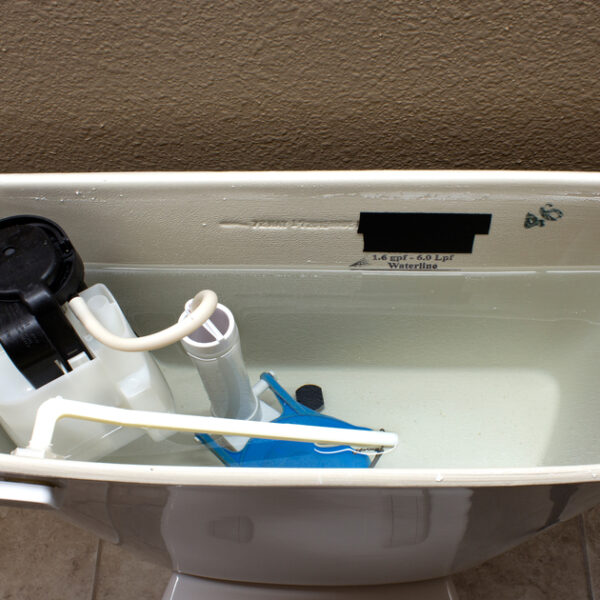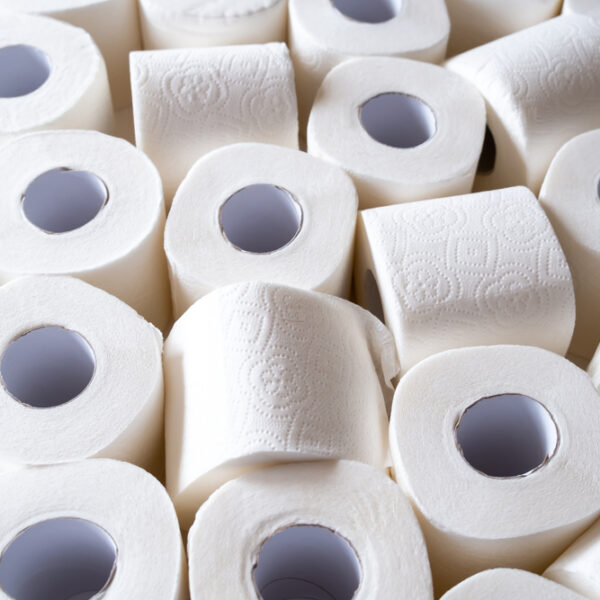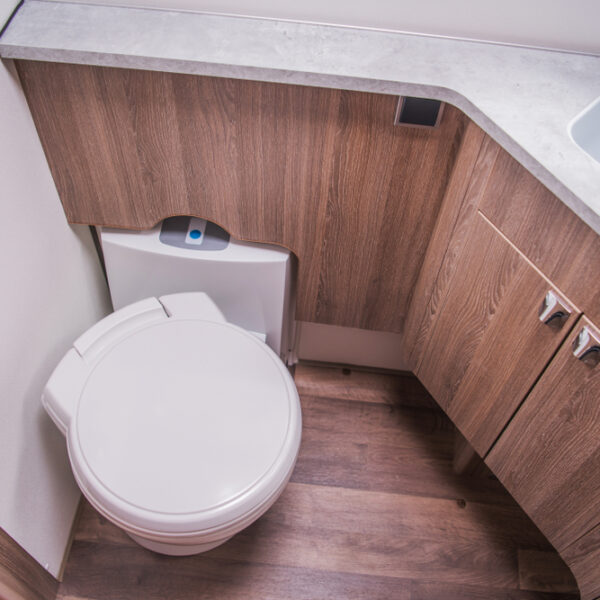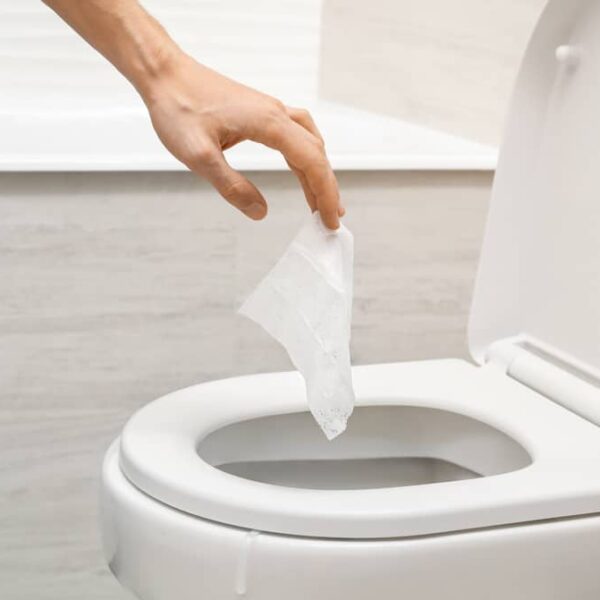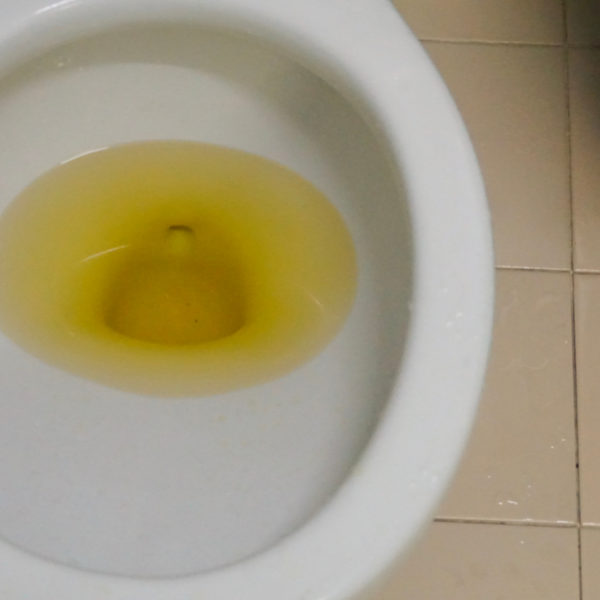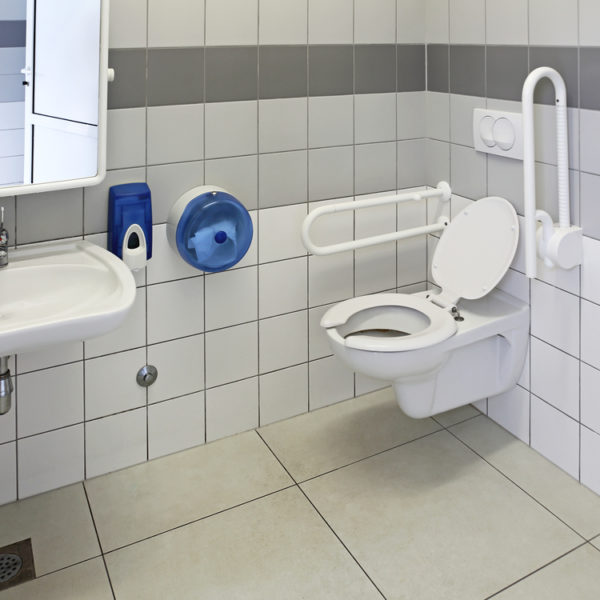Today, most people use toilet paper for cleanups after using the toilets. This item has grown popular with people across the world because it is affordable and easy to use.
However, our ancestors did not have the luxury of cleaning up with soft tissue paper. They handled their business with any material their hands could reach.
Back then, some people make use of shells, snows, or clay to clean their bums. Others preferred sponges, farm waste, and plant products.
Sounds irritating, right? Yes, but these items were used for thousands of years before the toilet paper was invented about more than a century ago.
So are you looking for answers to your question on “what did people use before toilet paper?”. Well, let’s show you the earlier ways people clean up after defecating.
What did People use before Toilet Paper?
You might be wondering what people used before toilet papers, right. Well, there have been many materials used for cleanups by the early men before toilet paper came into the spotlight. Here are the items used back then.
Stones / Ceramic
If you found yourself in Ancient Greece, you would have to use stones or pieces of your ceramic to wipe in the bathroom.
Occasionally, the ceramic fragments were engraved with the names of people hated by the community. If it were today, it would feel like cleaning up with toilet paper printed with the face of someone you dislike.
There are many reasons why using these materials were thought to be unhealthy. First, the stones did not clean properly. Next, the sharp edges on these materials cause diseases and irritation.
But the use of these items proves that humans saw the need to wipe after visiting the toilet.
Sponge
In Ancient Rome, people did not have the luxury American standard toilet in their homes. Instead, they use public bathrooms that were dirty and uncomfortable. There was also a lack of privacy because of the absence of toilet dividers.
At that time, people wiped with a sea sponge that was fixed to a stick. To use it, they had to push the device through a hole at the front of the toilet. After wiping, they clean it off with a dip in a basin filled with vinegar or saltwater.
Unfortunately, many Romans could not afford personal sponges, so it was a common practice for people to share a single one. However, due to so many sharing a single sponge, it became breeding places for germs and diseases.
Sand
This might sound more irritating, but people who stayed in arid areas of the world used powered brick to wipe their behinds. If this was not available, they handled this task with earth or sand, which was abundant in the deserts.
Water
People in parts of the Middle East, North Africa, and Asia use water and their hands to wash their behinds. For this reason, it is considered an insult to offer the left hand for a handshake.
After cleanup, the hands are washed with water. Although some people might consider it unhealthy, it is more hygienic than toilet paper.
Sticks
In some parts of Ancient Asia, they used a thin stick or stake to wipe fecal matter after using an old latrine option.
These sticks were made from bamboo and were used with water. Also, some cultures usually place a rag or cloth on its tip before use. Unlike the first items mentioned in this article, the sticks were washable, reusable, and affordable.
Leaves and Moss
Today, most camping enthusiasts use leaves from various plants to wipe their behinds. However, the Inuit and Native Americans used this material for thousands of years.
Although leaves can provide a proper cleanup, some of them were toxic. Examples of such plants include poison oak and poison ivy.
Shells
Yes, as said. The Islanders used mussel shells back then to clean up their behinds. If this was not available, they used coconut husks.
Reusable Rags
If you wanted to use the loo in early America or Europe, you would need to wipe with a rag. If you were a peasant, you might have to use the sleeves on your clothing.
Compared to other options, this material was softer and gentler on the skin. They were even washable and reusable until they were dumped in the sewers.
Surprisingly, toilet rags are still in use today. However, the current models look like cloth diapers while having features that allow them to be washed and reused.
Although it is good for cleanups, it can spread diseases, especially if it is not cleaned well.
Corn Cobs
Although Early Americans who lived in rural communities used a straw, dried corn cobs were the most popular item for a cleanup.
There were many reasons why people preferred corn cobs. For instance, they were readily available and worked perfectly. They were easy to move in a single direction or rotated at a spot.
Furthermore, they felt soft on the skin. Due to its features, some people continued using corn cobs after the introduction of toilet paper.
Hemp
Wealthy people in the 15th and 16th century France used hemp to clean up after visiting the loo. Occasionally, they swapped this material for lace or wool.
During this period, the French king did not handle the cleanup. Instead, they had servants that were employed for this task.
Snow
For centuries, cultures such as the Inuit have used snow to wipe their lower ends. Today, it is suggested as a possible way to clean up on an outdoor trip. Although its snow might feel cold against your skin, it serves as one of the most refreshing ways to wipe your behind.
Ropes
17th-century sailors used tow rags to handle to clean up after using the toilet. Tow rags are long pieces of rope with frayed ends that dangles in the sea. Also, the rope is permanently fixed to the part of the ship that was used as a toilet.
Sailors use this item by lifting the rope out of the water, and then they use the frayed end to wipe their behind. After wiping, they would drop the rope into the water and leave it to clean itself as the boat drags across the sea.
The Sears Roebuck Catalog
In the 19th century America, you might have to use the pages of a Sear Roebuck catalog. People found this material as an ideal option because it was comfortable and had numerous pages for prolonged use. You could even get it free and fix it on the nail of your outhouse.
But some years later, the companies printed the catalog in glossy pages, which made wiping uncomfortable.
Other printed materials such as magazines and newspapers were also used during this period. One such magazine was the Farmer’s Almanac, which was so popular for toilet use that the printers inserted a hole on the edge of the magazine. This hole was used to hang the material on the customary nail found in the outhouse.
A Brief History of the Toilet Paper
Now that you have a fair idea of how people cleaned their behinds in the past. Now, let’s see check out the history of the toilet roll.
The early Chinese discovered paper in the 2nd century as a wrapping and padding material. Some centuries later, a primitive form of toilet paper was widely used in China.
But the first modern styled paper was made in 1391. This model had perfumed sheets and was created for the Chinese Imperial family
America then became the new home of this product. In 1857, Joseph C. Gayetty created the “Therapeutic Paper.” This material served as the first commercially packaged tissue paper in history. The product consisted of loose, flat sheets of paper with his name printed on them.
The Scott brothers launched the Scott Paper Company in 1879. This company is credited with being the first company to sell toilet paper in rolls. But, Albany Perforated Company sold the earliest standard perforated toilet paper on a roll.
In 1928, Hans Klenk became the first toilet paper rolls seller in Europe. In the 20th century, Hans Klenk sold the first toilet paper rolls in Europe. In 1942, St Andrew’s Paper mill in England made a softer variant of the toilet paper roll, which got huge sales turnout.
Wrap Up
Before the discovery of tissue paper, humans have found different ways to wipe their behinds after using the bathroom. Most times, these items are chosen because of their smoothness.
The Greeks chose stones or ceramic fragments, while the Romans preferred the communal sponge. Early Asians used flat sticks, while Native Americans wiped with leaves, and sailors found ropes to be convenient.
Although they helped wiped fecal matter, they also have their drawbacks. Some were slightly uncomfortable to use while others spread germs.
The toilet paper we know was first used in 19th century America before spreading to parts of Europe. Today, it has become one of the essential items in any bathroom.
I hope this article has solved the “What Did People Use Before Toilet Paper?” riddle on your mind. If you have any questions, feel free to share it in the comment box below. Also, remember to share with your friends on social media.
